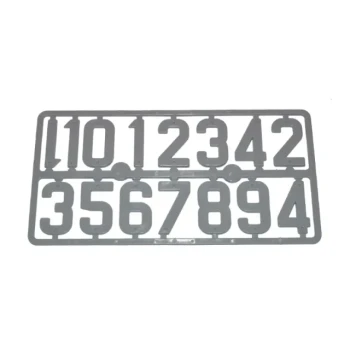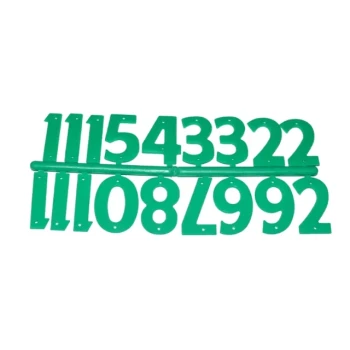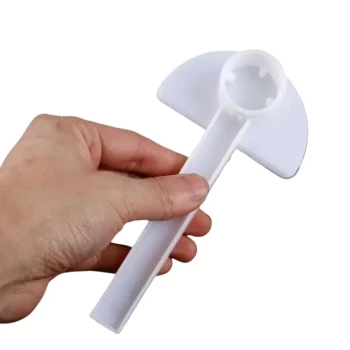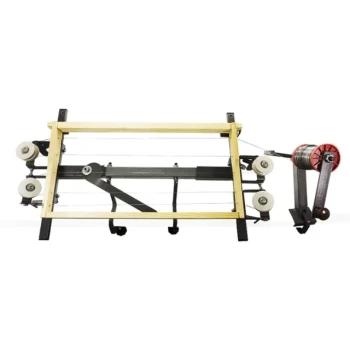At its core, installing a nucleus colony (nuc) is about transferring an existing, functioning beehive, while installing a bee package is about assembling a new colony from individual components. A nuc installation involves moving a set of frames with a laying queen, brood, and food stores directly into a larger hive body. In contrast, a package installation requires introducing a caged queen to a box of loose bees and waiting for them to accept her and begin building their colony from scratch.
The fundamental difference lies in what you are starting with. A nuc is a miniature, established colony with a proven queen, giving you a significant head start. A bee package is a collection of bees with an unproven, unacquainted queen that must build its entire society and infrastructure from zero.

What You Are Actually Acquiring
To understand the different installation processes, you must first understand the product. A nuc and a package are fundamentally different starting points for a beehive.
The Nuc: A Functioning Miniature Hive
A nuc is a small, operational beehive, typically consisting of five frames. These frames contain an established ecosystem: a laying queen who has already been accepted by the colony, brood in all stages of development (eggs, larvae, and pupae), and stored food resources like pollen and honey.
The Package: An Unassembled Group
A bee package is essentially a swarm in a box. It contains approximately three pounds of bees (around 10,000) and a separate, caged queen. These bees are not related, have no existing comb or brood, and have not yet accepted the queen they are shipped with. The package also includes a can of sugar syrup for food during transit.
The Installation Process Compared
The composition of a nuc versus a package directly dictates the installation method. One is a simple transfer, while the other is a more delicate introduction.
Installing a Nuc: The "Plug-and-Play" Method
Installing a nuc is straightforward. You simply open your new hive body, remove a corresponding number of empty frames, and then carefully transfer the frames from the nuc box directly into the new hive.
The frames should be kept in the same order to maintain the integrity of the brood nest. The colony is already a cohesive unit, so they will immediately continue their work in their new, larger home.
Installing a Package: The "Assembly Required" Method
Installing a package is a multi-step process. First, the caged queen is placed inside the new hive, typically suspended between two frames. The entrance of her cage is blocked by a sugar candy plug.
Next, the beekeeper dumps or shakes the loose bees from the package into the hive around the queen's cage. Over the next several days, the worker bees will eat through the candy plug to release the queen, a process that facilitates her acceptance into the new colony.
Understanding the Core Risks and Advantages
The choice between a nuc and a package comes with significant trade-offs, primarily centered on the status of the queen and the colony's initial resources.
Queen Acceptance and Quality
With a nuc, the queen is already accepted and laying. The beekeeper has proof of her quality and performance because her brood pattern is visible on the frames. The risk of the colony rejecting or replacing the queen is very low.
With a package, queen acceptance is not guaranteed. The bees may reject and kill the new queen upon her release. Her quality as a layer is also unknown until she has had time to establish a brood nest.
The Head Start vs. Building from Scratch
A nuc provides a powerful head start. The colony already has drawn comb, developing brood, and food stores. This allows them to expand their population and forage for nectar much more quickly.
A package colony must start from nothing. They need to consume significant amounts of sugar syrup to produce wax and draw out every cell of comb before the queen can even begin laying. This requires extensive feeding from the beekeeper and a much longer build-up period.
Making the Right Choice for Your Goal
Your decision should be guided by your goals as a beekeeper, your experience level, and your tolerance for risk.
- If your primary focus is reliability and a faster start: Choose a nuc. You are paying a premium for a proven, established colony that is ready to expand immediately.
- If your primary focus is lower initial cost and you are comfortable with more intensive management: Choose a package. You will save money upfront but must be prepared for rigorous feeding and the risk of queen failure.
Ultimately, understanding these differences empowers you to select the right foundation for a thriving, productive beehive.
Summary Table:
| Feature | Nuc (Nucleus Colony) | Bee Package |
|---|---|---|
| What You Get | 5 frames with a laying queen, brood, & food | ~3 lbs of bees & a caged queen |
| Colony Status | Established, functioning mini-hive | Unassembled group of bees |
| Installation | Direct frame transfer ('Plug-and-Play') | Introduce caged queen & shake in bees |
| Key Risk | Very low (queen is already accepted) | Queen rejection & unknown quality |
| Best For | Reliability, faster start, less management | Lower initial cost, hands-on beekeepers |
Ready to build a stronger, more productive apiary?
The right foundation is critical for a thriving hive. At HONESTBEE, we supply commercial apiaries and equipment distributors with the high-quality, reliable beekeeping supplies needed for success, whether you're starting with nucs or packages.
Let our wholesale-focused expertise help you maximize your operation's potential. Contact our team today to discuss your needs and explore our product range.
Visual Guide
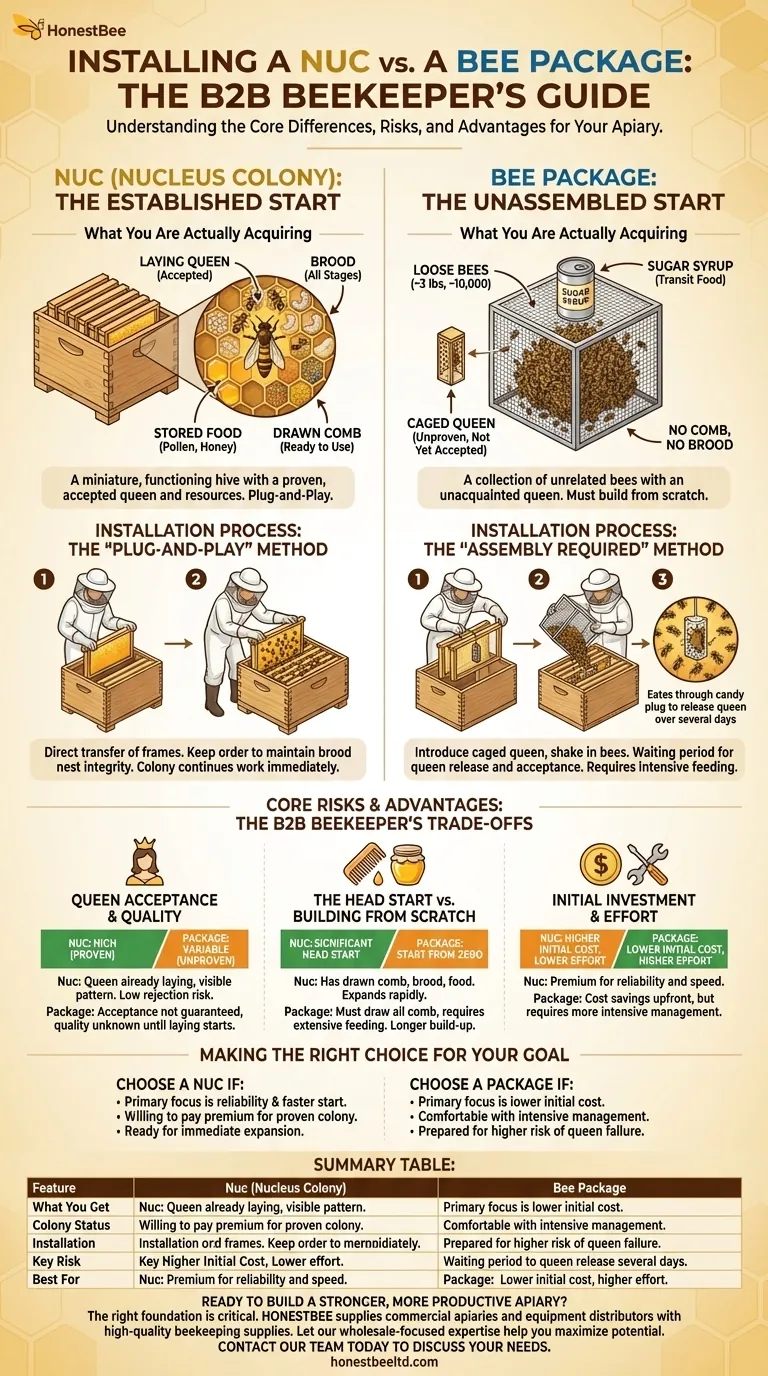
Related Products
- 4 Frame Plastic Nuc Boxes for Beekeeping Bee Nuc Box
- HONESTBEE Professional Long Handled Hive Tool with Precision Cutting Blade
- Multi-Function Plier-Style Frame Grip Hive Tool
- Professional Multi-Function Stainless Steel Hive Tool
- Modern Flat-Mount Hive Number Set for Beekeeping
People Also Ask
- What are the advantages of choosing a nucleus hive over a package of bees? Get a Head Start with a Pre-Established Colony
- How many bees are in a nucleus hive? Get a Head Start with 10,000-15,000 Bees
- What should a healthy brood nest in a nuc look like? A Guide to Strong Colony Development
- What are nucleus colonies (nucs) and how do they compare to full-size Langstroth colonies?
- Why is a sound knowledge of beekeeping basics important when working with nuclei? Unlock Your Apiary's Full Potential




